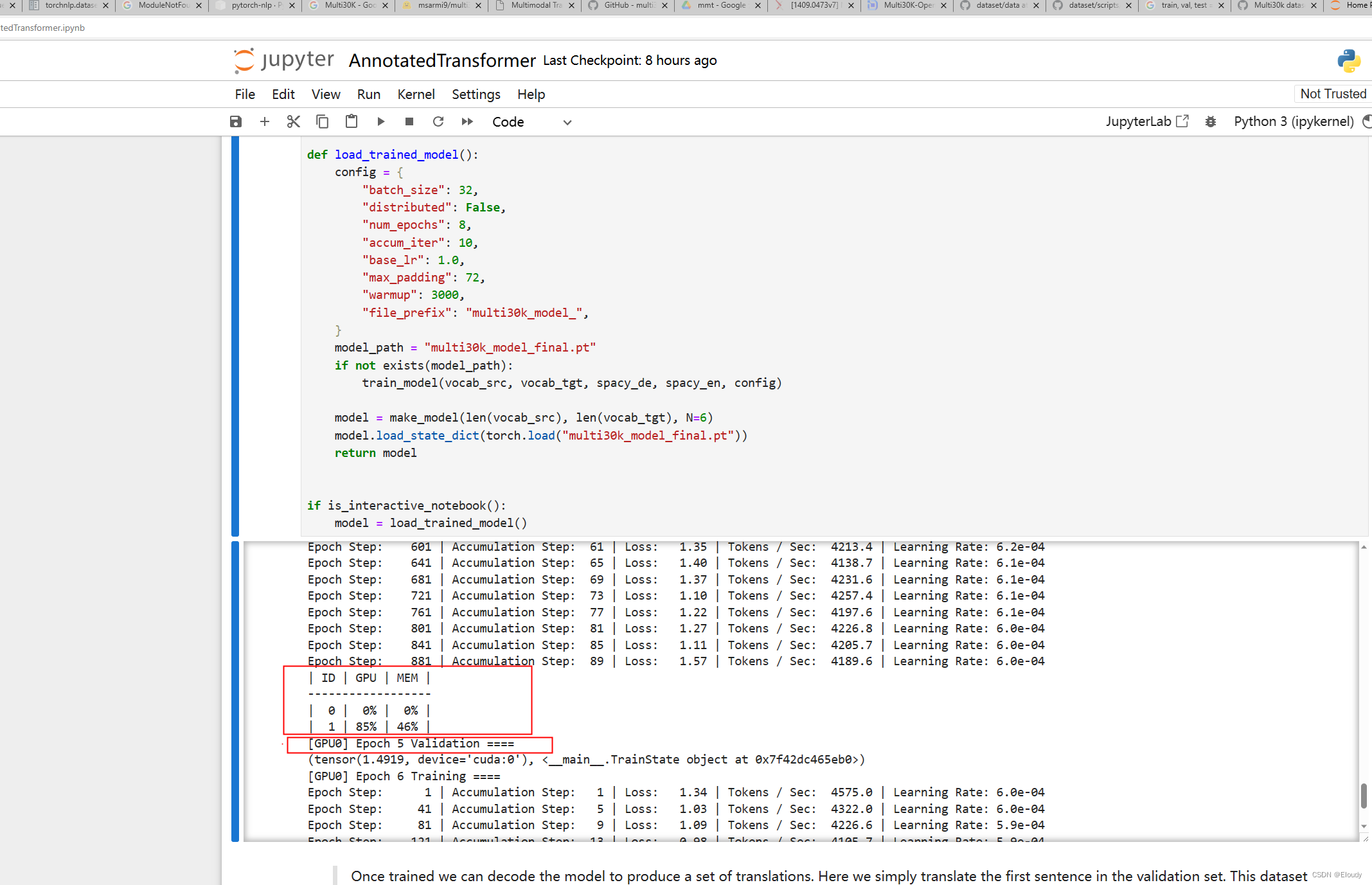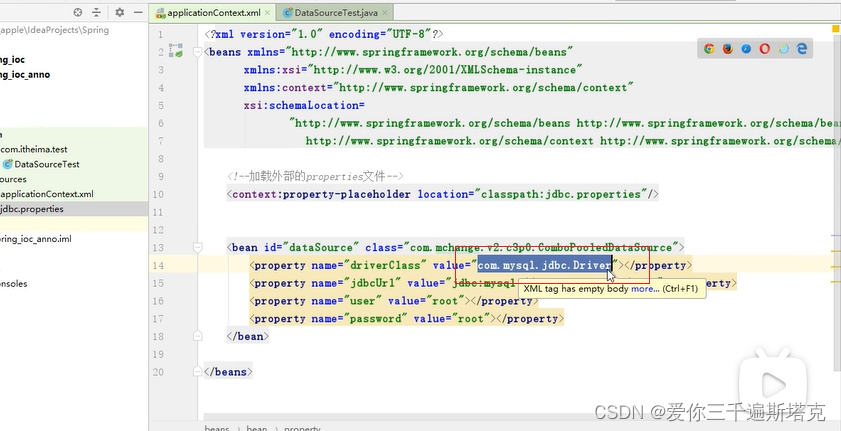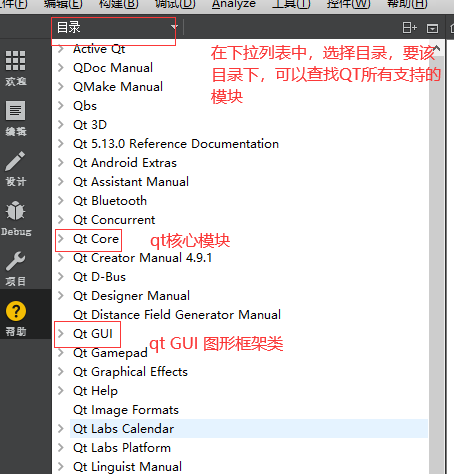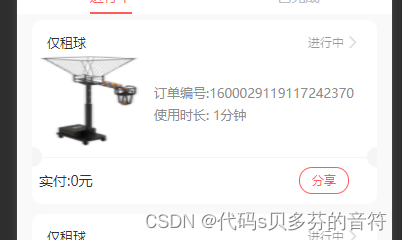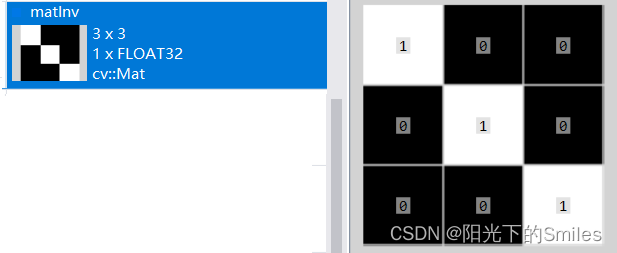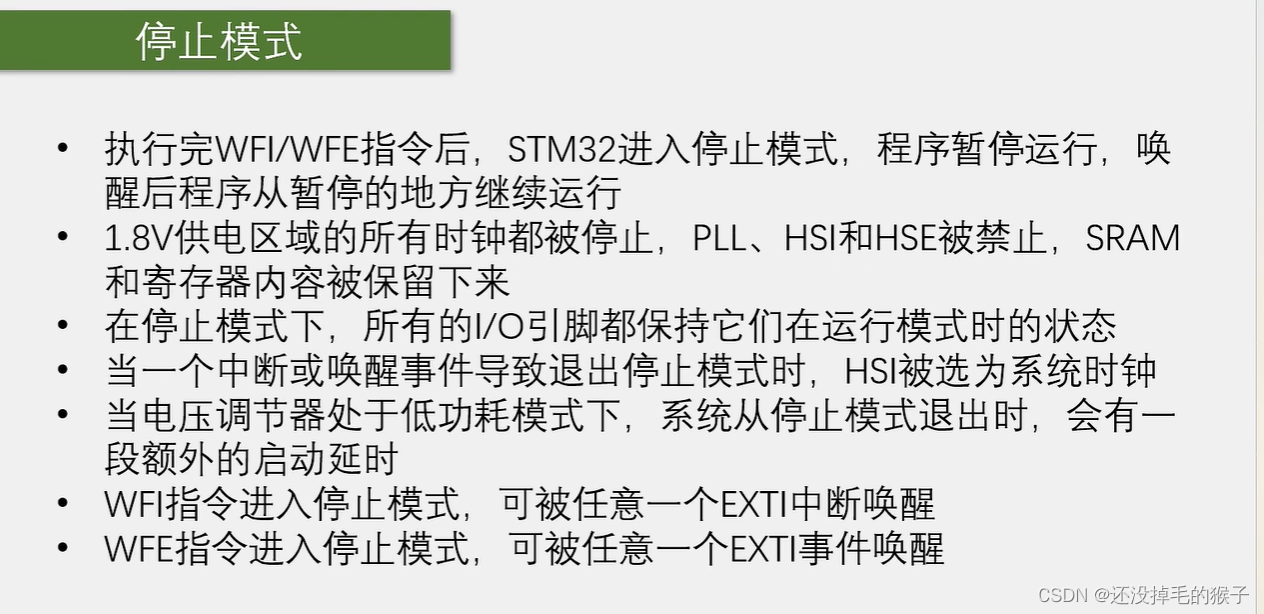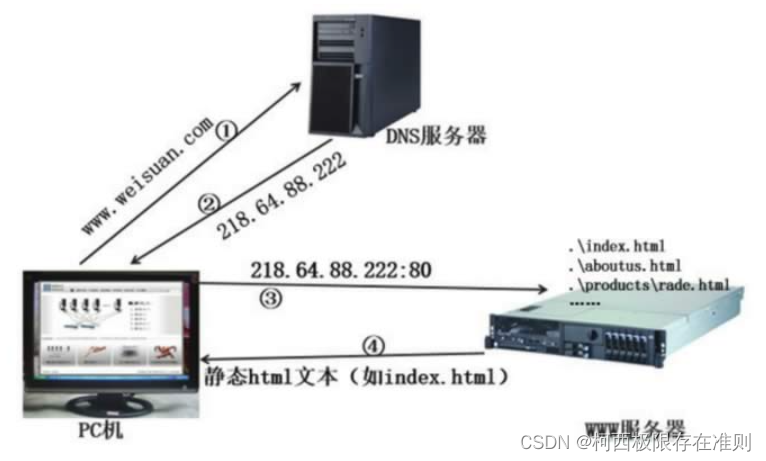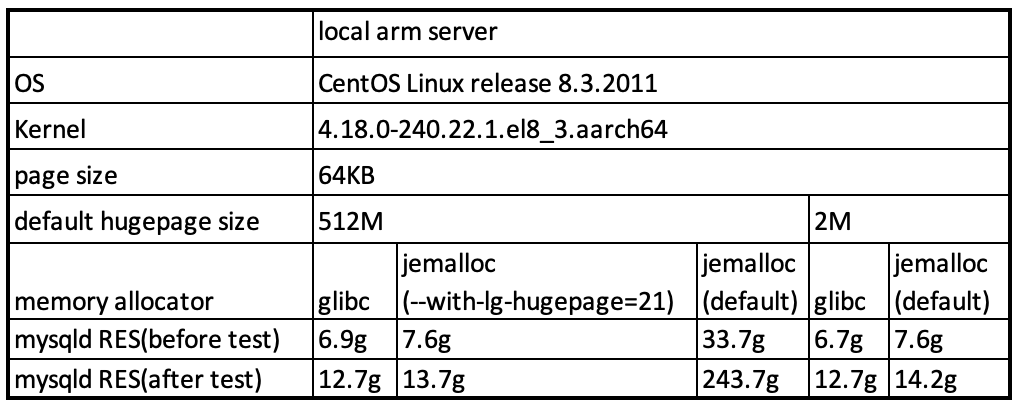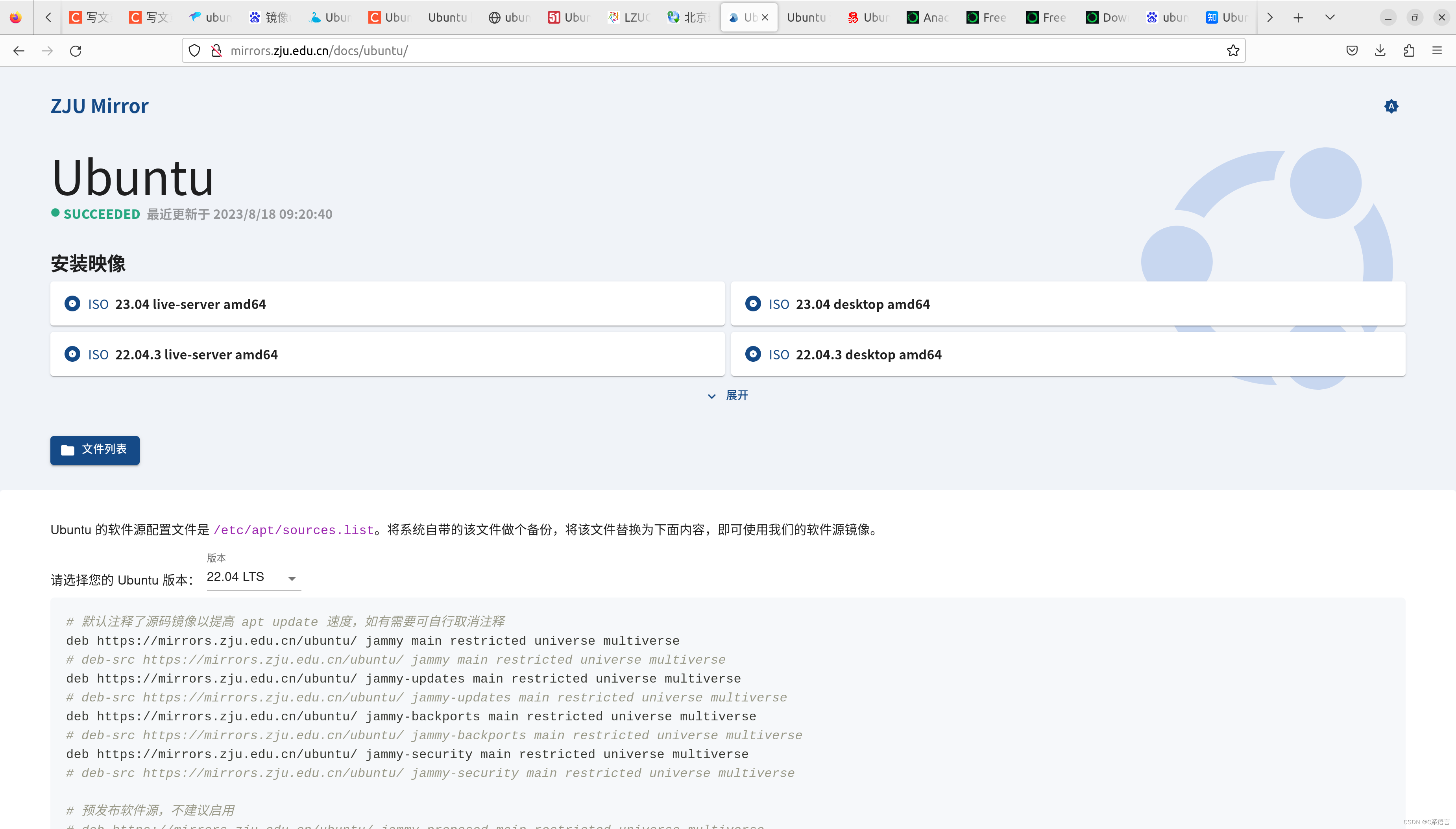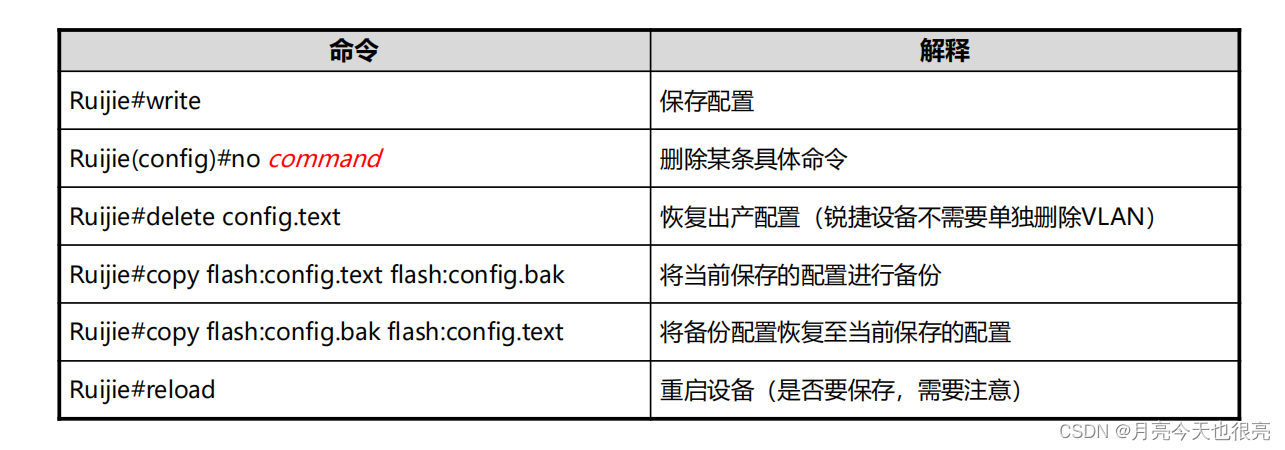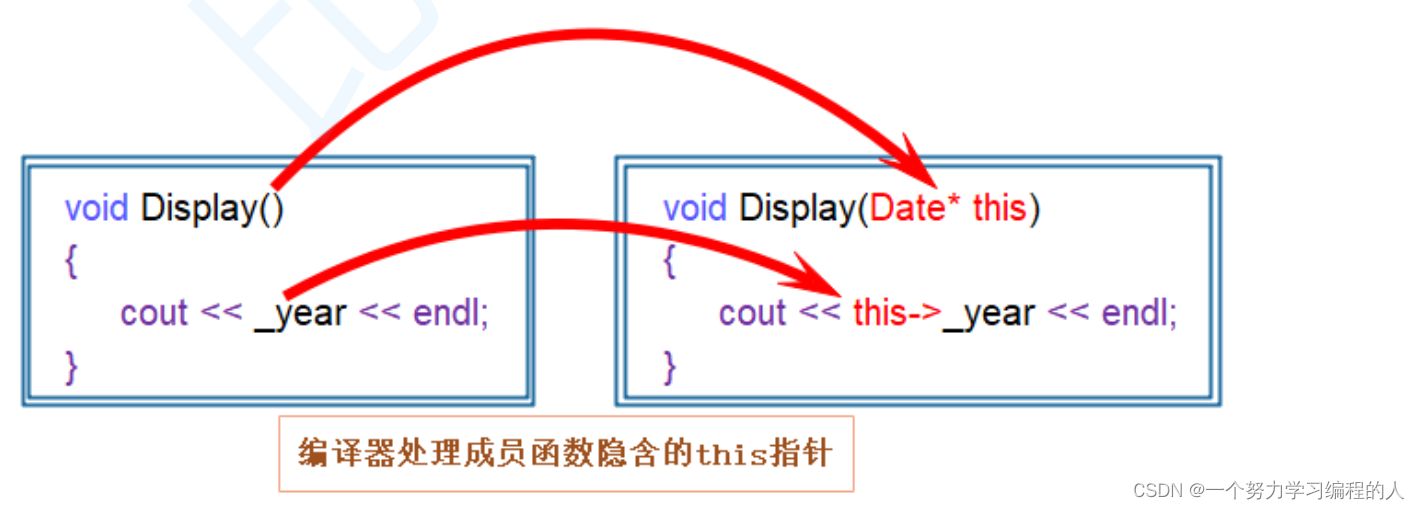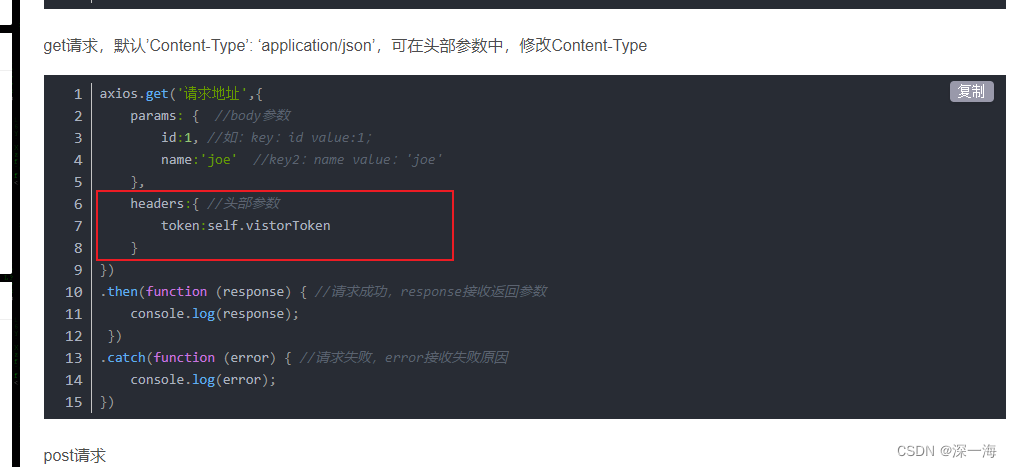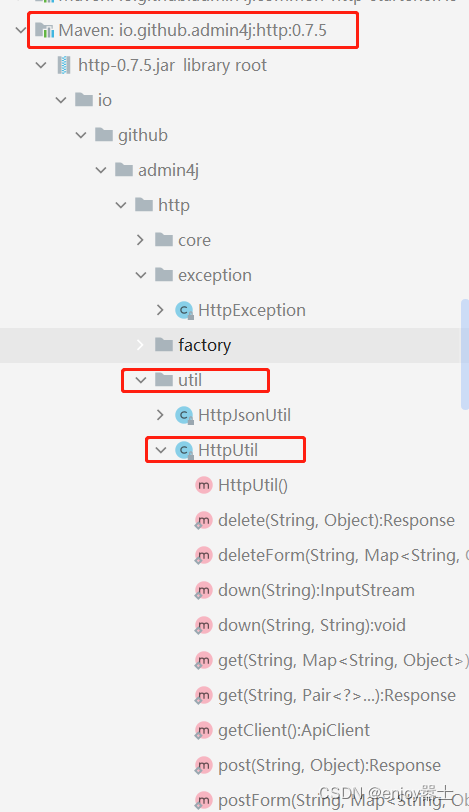文章目录
- 有效的括号
- 用队列实现栈
- 两个队列实现栈
- 一个队列实现栈
- 用栈实现队列
- 设计循环队列
- 最小栈
- 栈的压入&弹出序列
- 逆波兰表达式
队列:先进先出 栈:后进先出
有效的括号
https://leetcode.cn/problems/valid-parentheses/
class Solution {
public:
bool isValid(string s) {
stack<char> st;
//遍历字符串,碰到左括号:进栈 碰到右括号:出栈顶元素判断是否和该右括号匹配
for(auto& ch:s)
{
if(ch == '(' || ch == '[' || ch == '{')
{
st.push(ch);
}
else
{
//如果栈为空,说明括号是不匹配的
if(st.empty()) return false;
//出栈顶元素和当前右括号匹配
char top = st.top();
st.pop();
if( ch ==')' && top != '(' || ch == ']' && top != '[' ||ch == '}' && top != '{')
return false;
}
}
return st.empty(); //如果最后栈为空,说明括号是匹配的
}
};
用队列实现栈
https://leetcode-cn.com/problems/implement-stack-using-queues/

两个队列实现栈
class MyStack {
public:
MyStack() {
}
void push(int x) {
NonEmptyQueue.push(x);//往不为空的队列插入数据
}
int pop() {
//将不空队列的数据放到空队列当中,直到不空队列只有一个元素
while(NonEmptyQueue.size() > 1)
{
EmptyQueue.push(NonEmptyQueue.front());
NonEmptyQueue.pop();
}
int front = NonEmptyQueue.front();
NonEmptyQueue.pop();
NonEmptyQueue.swap(EmptyQueue);//交换两个队列,保证EmptyQueue为空队列
return front;
}
int top() {
return NonEmptyQueue.back();
}
bool empty() {
return EmptyQueue.empty() && NonEmptyQueue.empty();
}
private:
queue<int> NonEmptyQueue;//不为空的队列
queue<int> EmptyQueue;//空队列
};
一个队列实现栈
class MyStack {
public:
MyStack() {
}
void push(int x) {
q.push(x);
}
int pop() {
int size = q.size();
//将前size-1个元素重新插入到队列当中
for(int i = 0;i<size-1;i++)
{
int front = q.front();
q.pop();
q.push(front);
}
//此时队头元素就相当于是栈顶元素
int front = q.front();
q.pop();
return front;
}
int top() {
return q.back();
}
bool empty() {
return q.empty();
}
private:
queue<int> q;
};
用栈实现队列
https://leetcode-cn.com/problems/implement-queue-using-stacks/
class MyQueue {
public:
MyQueue() {
}
void push(int x) {
pushStack.push(x);
}
void Check() //检查是否要将push栈的内容导入到pop栈
{
if(popStack.empty())
{
while(!pushStack.empty())
{
popStack.push(pushStack.top());
pushStack.pop();
}
}
}
int pop() {
Check();
int top = popStack.top();
popStack.pop();
return top;
}
int peek() {
Check();
return popStack.top();
}
bool empty() {
return pushStack.empty() && popStack.empty();
}
private:
stack<int> pushStack;//存放数据的栈
stack<int> popStack;//用于弹出数据的栈
};
设计循环队列
https://leetcode-cn.com/problems/design-circular-queue/
方式1:使用数组实现
class MyCircularQueue {
public:
MyCircularQueue(int k) {
arr.resize(k+1);//开辟k+1个空间
front = tail = 0;
size = k;
}
bool enQueue(int value) { //向循环队列插入一个元素。如果成功插入则返回真
if(isFull()) return false;
arr[tail] = value;
tail ++;
tail %= size+1; //tail = tail % (size+1)
return true;
}
bool deQueue() { //从循环队列中删除一个元素。如果成功删除则返回真。
if(isEmpty()) return false;
front++;
front %= size+1;
return true;
}
int Front() {
if(isEmpty()) return -1;
return arr[front];
}
int Rear() {
if(isEmpty()) return -1;
//由于插入元素之后,tail往后走,所以tail的前一个元素才是队尾元素
if(tail == 0) return arr[size];
else return arr[tail-1];
}
bool isEmpty() {
return front == tail;
}
bool isFull() {
return (tail + 1) % (size+1) == front;
}
private:
vector<int> arr;
int front;//标志队头
int tail;//标志队尾
int size;//实际存储的元素个数
};
方法2:链表实现
class MyCircularQueue {
public:
MyCircularQueue(int k) {
//构建k+1个节点的循环链表
tail = head = new ListNode;
for(int i = 0;i<k;i++)
{
ListNode* newnode = new ListNode;
tail->next = newnode;
tail = tail->next;
}
//tail指向尾节点,让首尾相连
tail->next = head;
//注意:要让tail回到起始位置!!!!!因为一开始链表没有有效元素
head = tail;
}
bool enQueue(int value) { //向循环队列插入一个元素。如果成功插入则返回真。
if(isFull()) return false;
tail->val = value;
tail = tail->next;
return true;
}
bool deQueue() {
if(isEmpty()) return false;
head = head->next;
return true;
}
int Front() {
if(isEmpty()) return -1;
return head->val;
}
int Rear() {
if(isEmpty()) return -1;
//从head位置遍历查找,tail的前一个节点放的就算队尾元素
ListNode* cur = head;
while(cur->next != tail)
cur = cur->next;
return cur->val;
}
bool isEmpty() {
return head == tail;
}
bool isFull() {
return tail->next == head;
}
private:
ListNode* head;
ListNode* tail;
};s
最小栈
https://leetcode.cn/problems/min-stack/
class MinStack {
public:
MinStack() {
}
void push(int val) {
dataStack.push(val);
//判断要往辅助栈放重复元素还是更小的元素
if( minStack.empty() || minStack.top() >= val)
minStack.push(val);
else
minStack.push(minStack.top());//重复压入当前最小栈栈顶元素
}
void pop() {
int top = dataStack.top();
dataStack.pop();
minStack.pop(); //坑点!!此时minStack也要同步pop数据
}
int top() {
return dataStack.top();
}
int getMin() {
return minStack.top();
}
private:
stack<int> minStack;//辅助栈->存放当前栈中对应的最小值
stack<int> dataStack;
};
优化:
class MinStack {
public:
MinStack() {
}
void push(int val) {
dataStack.push(val);
if( minStack.empty() || minStack.top() >= val)
minStack.push(val);
}
void pop() {
int top = dataStack.top();
dataStack.pop();
if(top == minStack.top())
minStack.pop();
}
int top() {
return dataStack.top();
}
int getMin() {
return minStack.top();
}
private:
stack<int> minStack;//辅助栈->存放当前栈中对应的最小值
stack<int> dataStack;
};
栈的压入&弹出序列
https://www.nowcoder.com/practice/d77d11405cc7470d82554cb392585106?tpId=13&&tqId=11174&rp=1&ru=/activity/oj&qru=/ta/coding-interviews/question-ranking
逆波兰表达式
https://leetcode-cn.com/problems/evaluate-reverse-polish-notation/




